- News
- Reviews
- Bikes
- Components
- Bar tape & grips
- Bottom brackets
- Brake & gear cables
- Brake & STI levers
- Brake pads & spares
- Brakes
- Cassettes & freewheels
- Chains
- Chainsets & chainrings
- Derailleurs - front
- Derailleurs - rear
- Forks
- Gear levers & shifters
- Groupsets
- Handlebars & extensions
- Headsets
- Hubs
- Inner tubes
- Pedals
- Quick releases & skewers
- Saddles
- Seatposts
- Stems
- Wheels
- Tyres
- Tubeless valves
- Accessories
- Accessories - misc
- Computer mounts
- Bags
- Bar ends
- Bike bags & cases
- Bottle cages
- Bottles
- Cameras
- Car racks
- Child seats
- Computers
- Glasses
- GPS units
- Helmets
- Lights - front
- Lights - rear
- Lights - sets
- Locks
- Mirrors
- Mudguards
- Racks
- Pumps & CO2 inflators
- Puncture kits
- Reflectives
- Smart watches
- Stands and racks
- Trailers
- Clothing
- Health, fitness and nutrition
- Tools and workshop
- Miscellaneous
- Buyers Guides
- Features
- Forum
- Recommends
- Podcast
review
£144.55
VERDICT:
Really well-made and versatile USB power system for your long-distance bike
Weight:
93g
Contact:
At road.cc every product is thoroughly tested for as long as it takes to get a proper insight into how well it works. Our reviewers are experienced cyclists that we trust to be objective. While we strive to ensure that opinions expressed are backed up by facts, reviews are by their nature an informed opinion, not a definitive verdict. We don't intentionally try to break anything (except locks) but we do try to look for weak points in any design. The overall score is not just an average of the other scores: it reflects both a product's function and value – with value determined by how a product compares with items of similar spec, quality, and price.
What the road.cc scores meanGood scores are more common than bad, because fortunately good products are more common than bad.
- Exceptional
- Excellent
- Very Good
- Good
- Quite good
- Average
- Not so good
- Poor
- Bad
- Appalling
The Igaro D1 is a well-made and highly configurable way of getting USB power on your bike from a dynamo, or solar panel, or both. The output is higher than other options and the build quality, with the titanium-bodied main unit and waterproof connections, is excellent. You're not tied to a specific positioning and it's easy to make it work with whatever setup you're running. Overall, it's really good: not cheap, but worth the money if you want to charge devices on a multi-day adventure.
- Pros: Excellent build quality, high output, serviceability, multi mounting options
- Cons: Not cheapest
Fitting the D1 is pretty simple, really. I originally asked for a Shimano power lead (bare ends) but I ended up fitting it to a SON dynamo on a pair of Hunt Superdura Dynamo Disc wheels (review coming soon). The SON hub came with spade connectors, so I just crimped them on to the leads and all was well. The Igaro SON lead features a pair of piggyback connectors so you can run a light in parallel, but I didn't miss those as there's also an output for a light from the D1 itself.
> Find your nearest dealer here
All the connections on the Igaro system are fully waterproof, and you just screw together the bits you need. For me that was a power lead into the D1, and a light lead to a Supernova E3 lighting system out of the other end. I also added a Stability Bank, which smooths out the power supply and means that the D1 works better with higher-power USB devices. That's included with the model 5 D1.
You can also add a power switch (£17.59) which can route the power either to lighting or to USB, rather than trying to run both. I mostly didn't use that as the E3 front light is easy to switch on and off, leaving all the power for USB when you don't need light. But I did plumb it in to confirm that it works. Which it did. The switch can be fitted through a solid panel in your luggage, or you could use washers or a bit of backing board to fit it to something more flexible. There's also a solar panel input, which I didn't try as we'll not see the sun round these parts until May at the earliest.
Although the D1 and its connections are waterproof, the USB standard itself isn't designed to be. The D1 model 5 has two USB ports with gold-plated connections to resist corrosion and they're designed to shed water if they get wet, but it's better to keep them out of harm's way as the close proximity of the connections means it's easy to short them in wet weather, and they can degrade quickly when wet.
I fitted the D1 itself to the stem of my bike, and ran the cables into a frame bag. I had to pick the seam of the bag and seal it round the wires, but it turned out to be a very neat solution. I could run a USB cable back out for in-situ charging when it was dry, or if conditions were more changeable charge a powerbank inside the bag, to top up devices when I stopped.
Two USB ports means you can charge two devices at once if there's enough power, and there's also some redundancy: if one goes south, you still have the other one. Igaro will re-wire your D1 for free if one of the USB ports dies; the whole of the Igaro system comes with a five-year international warranty.
Pedal power
The USB takes a short while to kick in from the off; it's designed that way so that the USB supply doesn't cycle on and off while the wheel is spinning up to speed. It's very stable once you're over about 12-13km/h and feeds a useful amount of energy into your devices. If you want USB power and lighting going, you need to be cracking along faster than that, and it'll depend on what you're charging. I generally found that the D1 worked best using either one or the other, which is no great surprise, but on flatter rides it's possible to use both effectively for a decent proportion of the time.
Whether you get enough juice out of the D1 for all your charging needs will depend on how many devices you've got on the go. If it's a phone, or a phone and a Garmin, you'll probably be fine. If you're adding a camera, or a GoPro, or a tablet, or all of the above you'll eventually get to the point where you're not generating enough energy to keep everything charged. That's not a limitation of this system: dynamos only output so much power.
The SON Delux dynamo is a quality unit, although it doesn't have the highest output out there, and I had no issues keeping a Garmin and a phone charged. Generally I charged by dumping the dynamo output into a powerbank, and topping up devices from that. I mostly used a 7800mAh Topeak one and I have a smaller 5,000mAh one too.
Direct charging or bank it?
Charging a battery, and then using that to charge your bits and pieces, is introducing another step and therefore it's not necessarily as efficient as charging directly, but generally, I found it worked better. One reason is that my powerbanks are less fussy about the charging current than my phone (especially) and my GPS are.
The phone (a Sony Xperia Z5 Compact) is about as picky about its charging current as phones get, and didn't always want to charge direct from the dynamo; it's a bit funny about charging from certain ports on my computer and certain wall chargers too.
Also, Android devices can be a bit funny about the charging circuits switching on and off, and mine reset itself a couple of times when I was doing stop-start riding through town; again, that's more an issue with the phone than it is with the D1. The powerbank isn't as demanding: if you're pumping juice into it, it'll store it, and it doesn't seem to mind the charge cutting in and out.
> How to go bikepacking: A beginner's guide to getting started
The other benefit is that when your devices do need charging, the battery has a 2.4A output that makes short work of it. So even short café stops allow you to make a significant impact in the charge. There's also less chance of having issues with waterproofing: if your strategy is to charge a battery and keep your devices topped up when you stop, you can make sure the charging setup is completely protected from the rain.
Not sure what the consensus was on charging, I asked the question on the Transcontinental Race Facebook group. The results are that there isn't a consensus: it's pretty much an even split. Some people charge devices directly, some charge a battery from the dynamo and use that, and some just carry a battery and rely on mains power to top it up when they stop. Whatever works best for you, I guess.
Consider the options
If you want USB power on your bike then the D1 isn't the cheapest way to go about it: a Busch & Muller Luxos light with a USB output will set you back about £100, for example, and you're getting a front light for that too. But most of the other systems don't get anywhere near the 3A that the Igaro can output, if your dynamo is capable of supplying that much power; most are between 0.5A and 1A. Few of them are as waterproof (the D1 is IP69 rated, which is about as good as it gets) and not many are serviceable.
The thing I like most about the D1, though, is the fact that you're not tied to a single setup. If you're fitting a Cing5 Plug, for example, it has to go in the top of the steerer, which can cause problems if you have a phone mounted on your stem, or your fork doesn't have a hole in the crown for a dynamo wire. If you're using a Luxos USB light then the control button really has to go on your handlebar, and then the short USB lead limits your options for getting the port somewhere dry.
With the D1 you're not as limited. I've mounted the unit on my stem, but it can go on the fork leg, or under the handlebar, or on the frame: whatever works best for your bike, and your luggage. You can add a control switch if you need one, or leave it out. You can plumb in a solar array if you're going somewhere sunny, or leave it out if you're staying in the cloudy and dull UK. That, combined with the excellent build quality, the high output, the USB redundancy and the serviceability, make it – for me – the best solution for reliable USB power on your bike.
Verdict
Really well-made and versatile USB power system for your long-distance bike
road.cc test report
Make and model: Igaro D1 Mod 5 (d105) USB Power Converter for bicycle dynamo hubs
Size tested: 100mm length, 7mm height, 13mm width.
Tell us what the product is for
Igaro says: "Power USB devices using a 3W bicycle dynamo hub from Shimano, Schmidt (SON) or SP and an Igaro D1. Commuters, audaxers, tourers and adventurists worldwide rely on the Igaro D1 to reduce or eliminate the need for mains or battery power. Offering class leading efficiency, compatibility and construction, the Igaro D1 is built in the UK to an unrivaled specification and comes with a 5 year international warranty."
Tell us some more about the technical aspects of the product?
From Igaro:
Efficiency
The Igaro D1 offers an outstanding 88% end-to-end efficiency rating meaning USB devices power at lower speeds or at faster rates. High efficiency (combined with compatibility technology) is why the Igaro D1 is reputed for powering USB devices when others can't.
Construction
The Igaro D1 is crafted from a single piece of lightweight titanium just 70mm x 13mm x 8mm in size. The bespoke circuitry housed inside each unit utilizes components rated for a 25 year working life and a -40c to 80c temperature range to ensure operation in any season.
Plastic injection moulding (most Igaro D1 competitors) is fast and thus cheap, while Igaro D1 construction is slow and thus expensive. Unit assembly includes insulating the PCB from the casing, silicone filling the unit (for water ingress and vibration protection), and applying multiple water and flex resisting wraps. Subsequently the Igaro D1 is IP69 rated (it will continue to work while submerged under water and it won't be affected by condensation).
Technology
The Igaro D1 includes over-voltage, over-heat and short-circuit protection. Power continues no matter how fast the operator rides. Digital frequency monitoring enables power at the lowest possible stable speed and prevents connected USB devices switching on/off rapidly at very low speed, resulting in superb USB device compatibility.
USB ports are configured in power adapter mode and feature gold plated connectors and a water draining design. A limitation of the USB design means they won't work in outdoor conditions forever, however we offer a free replacement service (excluding postage) for when they fail.
Warranty
The Igaro D1 comes with a 5 year international warranty.
Rate the product for quality of construction:
9/10
Nicely built, titanium main unit, IP69 waterproof connections.
Rate the product for performance:
9/10
Really good, consistent USB power option.
Rate the product for durability:
10/10
No issues during testing, fail rates are low, five-year warranty and they'll post a replacement anywhere in the world.
Rate the product for weight (if applicable)
7/10
Other solutions are lighter, but we're talking 20g on a bike that'll be loaded up.
Rate the product for value:
8/10
Not cheap, but good value considering the build quality and warranty.
Tell us how the product performed overall when used for its designed purpose
Really well: the most versatile solution for USB power on your bike that I've tried.
Tell us what you particularly liked about the product
Versatility of installation, quality, consistency of power.
Tell us what you particularly disliked about the product
Not much. It looks a bit Heath-Robinson but that's about it.
Did you enjoy using the product? Yes
Would you consider buying the product? Yes
Would you recommend the product to a friend? Yes
Use this box to explain your overall score
Very well built, versatile, rebuildable solution for USB power on your bike.
About the tester
Age: 43
I usually ride: whatever I'm testing... My best bike is: Kinesis Tripster ATR, Kinesis Aithein
I've been riding for: Over 20 years I ride: Every day I would class myself as: Experienced
I regularly do the following types of riding: road racing, time trialling, cyclo-cross, commuting, club rides, sportives, general fitness riding, fixed/singlespeed, mountain biking, Mountain Bike Bog Snorkelling, track
Dave is a founding father of road.cc, having previously worked on Cycling Plus and What Mountain Bike magazines back in the day. He also writes about e-bikes for our sister publication ebiketips. He's won three mountain bike bog snorkelling World Championships, and races at the back of the third cats.
Latest Comments
- Jerm14 32 min 58 sec ago
Komoot still has the option to buy the world map bundle for £29.99. Does this mean that if you are an existing user who has bought a smaller map...
- David9694 34 min 16 sec ago
Many UK places have pedestrianised the main shopping streets - the CBD in the American model I've attached, but it's the Zone of Transition, called...
- Eton Rifle 41 min 3 sec ago
Another electric pump? Quite a few of them out there now. I've got one from Craft Cadence and it is surprisingly useful. Like the other pumps, it...
- HLaB 53 min 50 sec ago
Car crashes into ambulances parked at hospital (It wasn't wearing a Helmet)! https://www.bbc.co.uk/news/articles/c3rneg5887ro
- lauren_chasey 59 min 56 sec ago
Except they do - I used the cycle to work scheme to buy an e-bike bike priced at £1100 (very much at the lower end of the usual price range for an...
- mdavidford 1 hour 5 min ago
That'll only get you to 3/4 of each though.
- Oddball88 1 hour 7 min ago
I bought my 795 from the Gorilla Firm in Oundle - 85 miles or so up the A1 from London...
- Coolkitty 1 hour 28 min ago
Why do people go out and buy a vehicle that takes up the whole road but then wonder why there s problems?
- brooksby 1 hour 48 min ago
I'm not entirely sure that the Orange One understands that concept. Pretty sure that he thinks that "the truth" is whatever he says it is, at any...









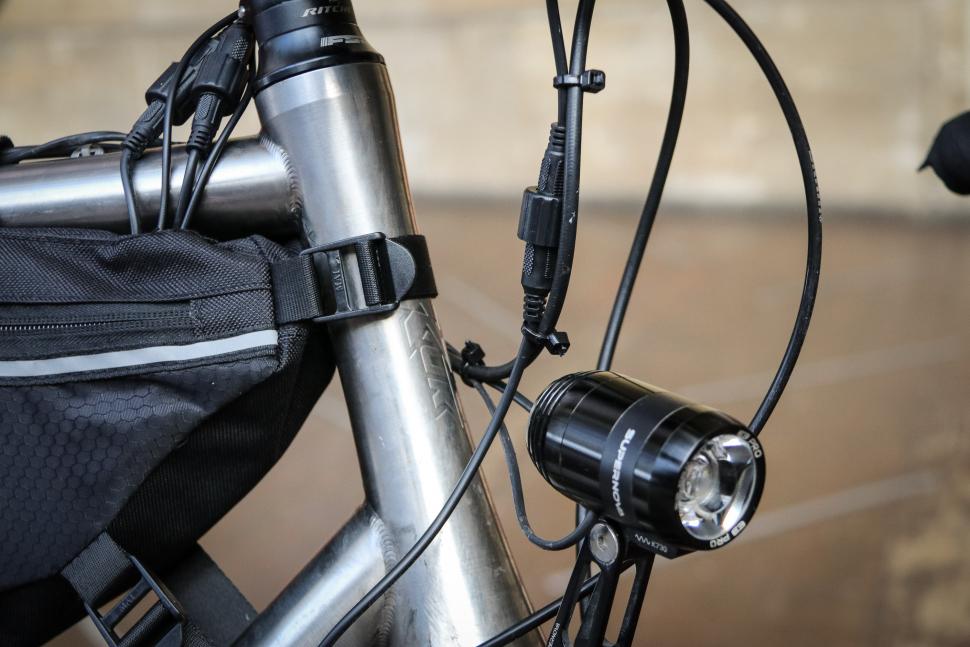

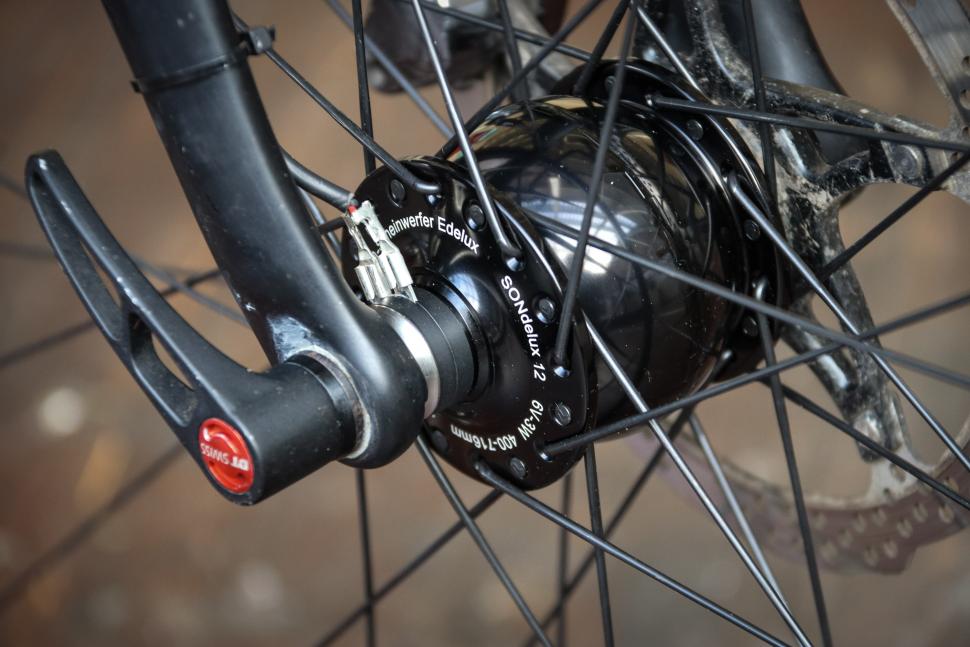
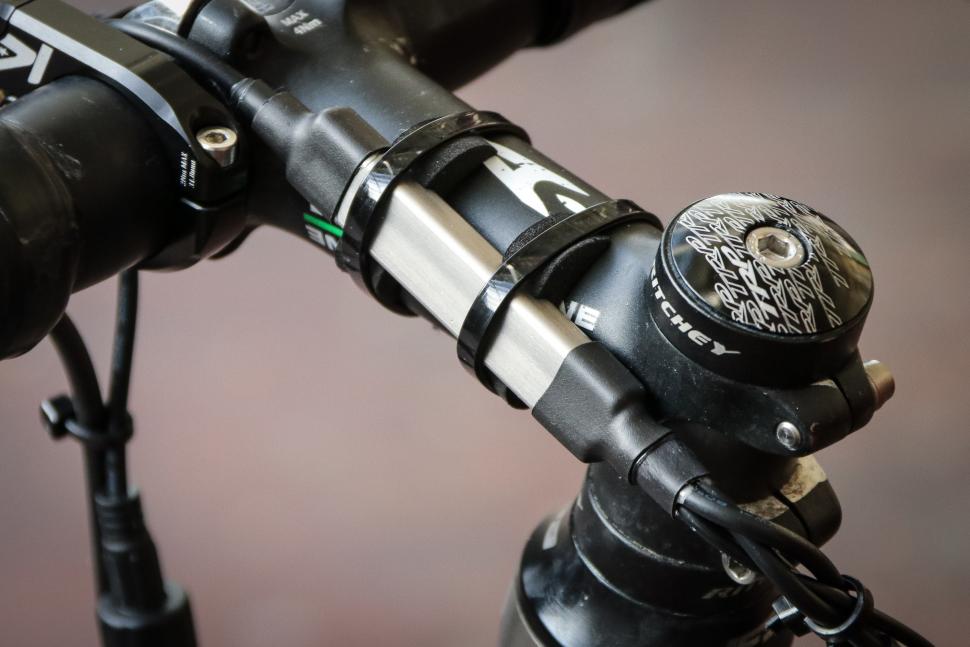
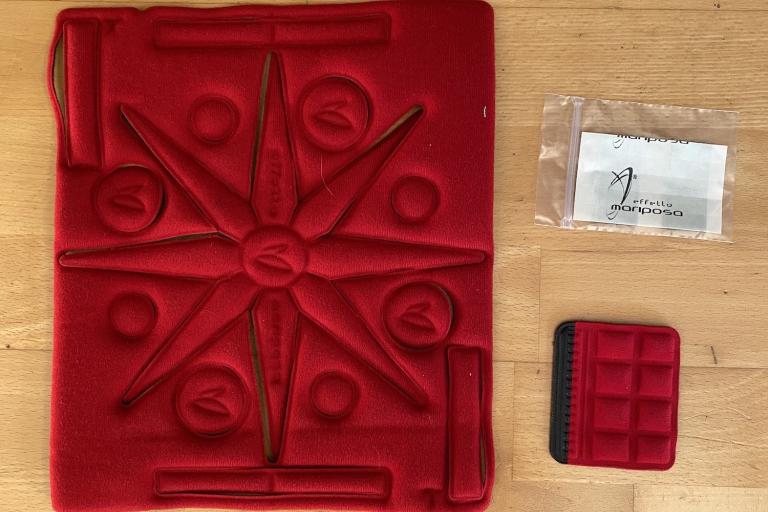
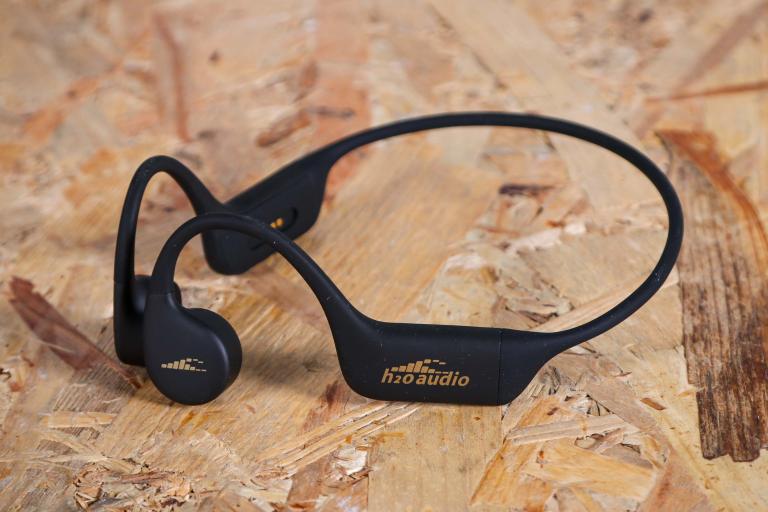
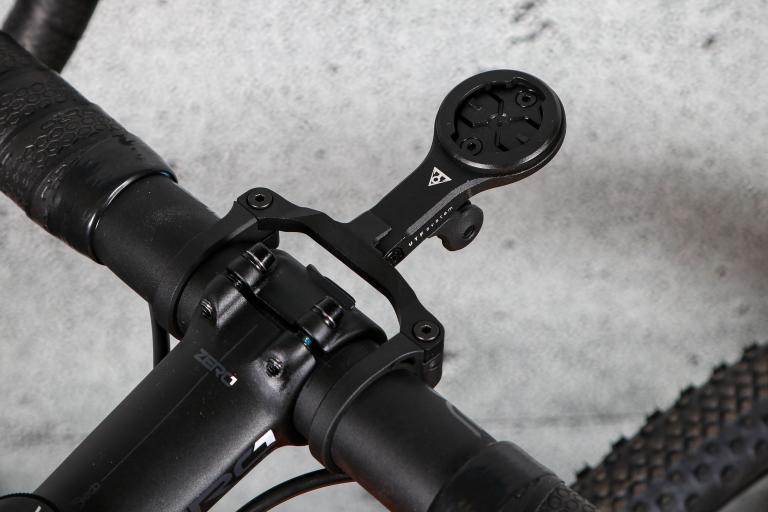
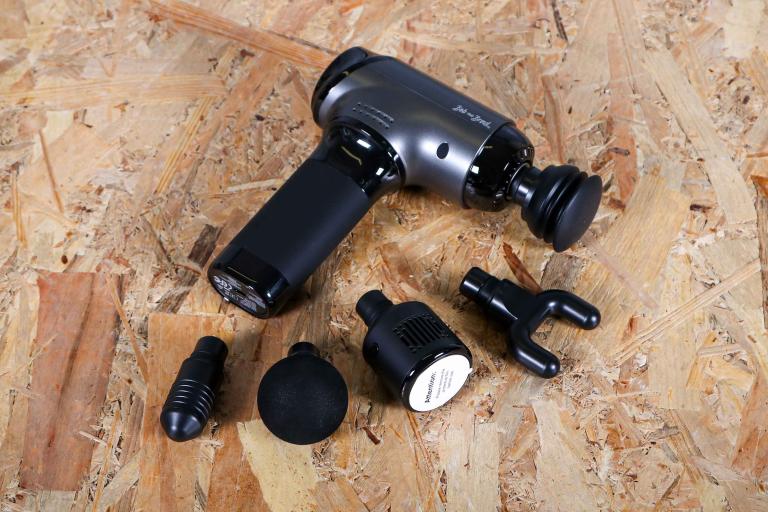
Add new comment
11 comments
I think the AXA 70 Plus is worth a mention for cheaper solutions. It's not as nice a light as the B+M Luxos U, but it's quite a bit cheaper.
Downside is the USB socket is fixed on the light bracket, so rain protection when in use would be tricky, and I don't know how well the rubber cover will protect it in use in the long term, and it's only the lower standard 0.5A output.
https://www.rosebikes.com/article/axa-luxx-70-plus-steady-auto-front-lig...
Probably worthy of a follow up article Dave. Going down the route of a dynamo hub is a significant investment, then there's appropriate lights and a convertor. Personally a decent powerbank may be a cheaper option, depending on distance/use/duration. I've also looked at solar recharging, which whilst being potentially expensive, can be used 'off the bike'.
yeah, i'll be following this up. there's a bunch of stuff coming on another attempt at a super randonneur series, and the tripster will feature heavily in that...
even a 600km auduax is easily doable with a decent powerbank, so a dynamo usb system is a nice to have in that respect.
I use a Supernova E3 front light like you do. In the beginning of the review you say "a light lead to a Supernova E3". Which lead is this on the site of Igaro? I want to be sure that I buy the right one. Awesome review by the way, I'm convinced!
Used a D1 for three months on a dirt-road tour in South America last year and it performed fantastically. Much better than the (more expensive) Plug III that it replaced - it charged devices quicker and at lower speed (velocity) in comparison to the Plug III. I ran the USB port up into a top-tube bag, which provided a nice sheltered spot to charge either my phone or battery pack. Can thoroughly recommend. Plus, it's a British company, which is nice to see.
How many zip-ties are employed over this bike? There must be a CTC-certified record. I think this bicycle may have broken it.
sorry but that records held by Doddy over at GMBN
I'm planning trying some longer and longer unsupported rides and just for a moment leaving aside the cost (which I appreciate is a very important factor) this looks like a really fantastic & versatile solution to keep devices charged on the go.
Thanks for choosing to review and highlight such a product.
I use a cheaper variation - SVP hub for less than £100 and an old ewerk I got for £55 - same functionality but not as efficient or pretty. Mostly I just run light off dynamo (brilliant B&Q IQX for £90ish) and don't worry about charging other devices, just carry a single battery for GPS; that will get me up to a 600k Audax. Over that I put the ewerk on so I have the option of charging on the go. Garmins can get stressed by direct charging, so I drip feed the battery in the day and use the light at night. This setup got me through a two week tour nicely; light, phone, GPS and kindle - all you need. This setup adorns my tripster which comes out for the long rides I am on of those who like the 'get on the bike and ride' style of the dynamo (I have one on fixed commuter too!)
I am on of those who like the 'get on the bike and ride' style of the dynamo (I have one on fixed commuter too!)
Do you keep a running total of the number of product reviews the Tripster frame appears in?
i have two at the moment